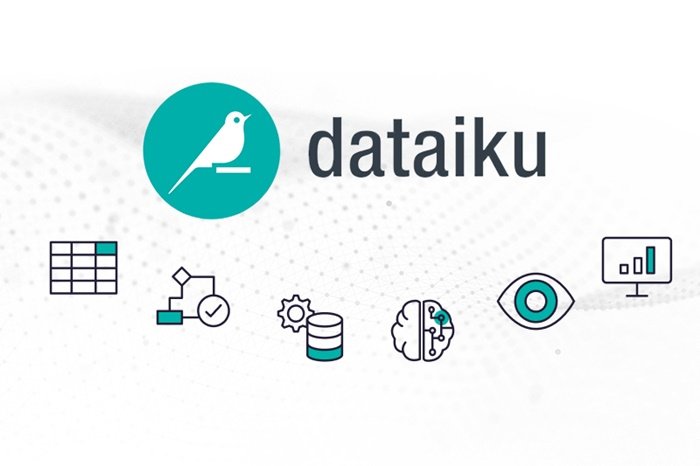Radical productivity: The incredible benefits of asynchronous work with Smartsheet

Your client just reached out with an ask for a quick turnaround on a presentation deck that needs design, but it’s the end of your workday in Los Angeles. You send it to your team in Hong Kong, because you know they can have it done and back in your inbox by the morning. That hand-off is quintessential in the world of asynchronous work, in which employees work when it best suits them.
What is asynchronous work?
In asynchronous work, team members set their own working hours that can change day to day, whether that’s 9 a.m. to 5 p.m. or two-hour sprints any time of the day.
Your team might be fully remote, hybrid, spread around the globe, or all located in a single time zone. It doesn't matter exactly where your team members are — the point is that they have the flexibility and mutual trust to work on their own time schedule.
In this article, we’ll explain the benefits of asynchronous work, and then talk through the mindset shift necessary to make asynchronous work effective for your organization. You can also learn more in our in-depth primer to asynchronous team communication.
You’re already working (a little bit) asynchronously
While asynchronous work may be a substantial mental and cultural shift from the way you work today, odds are, it’s more familiar than you think. For instance, maybe you already work with someone on the other side of the globe and don’t expect them to respond immediately to your emails. Or, maybe you tag teammates in a Google Doc for feedback, rather than always syncing in real time. Maybe you’ve even signed your emails “I’m sending this at a time that’s convenient for me, only reply when it’s convenient for you.” These are all standard asynchronous work practices.
Five benefits of asynchronous work
Although it might feel familiar, async work is certainly a shift — one that prioritizes intentionality over a quick response, flow state over disruptions, and documentation over meetings. But, once you can get over the hump of change, async work provides a whole host of benefits, outlined here, that intertwine flexibility with employee happiness to boost productivity, empower team members to work in the way that suits their needs, create a more inclusive work environment, and more.
1. More flexibility, more productivity
In its 2022 Work Index Report, Microsoft notes that 85% of leaders say that the shift to hybrid work initially made it challenging to have confidence that employees were remaining productive. Coining the term “productivity paranoia,” the study states that “leaders fear that lost productivity is due to employees not working, even though hours worked, number of meetings, and other activity metrics have increased.”
However, the data from that report shows us that this “productivity paranoia” is simply that: paranoia. In fact, productivity rates have more or less stayed the same since the global transition to remote and hybrid work. According to one economist, remote work may even be fueling economic growth.
Furthermore, a 2021 Gartner study of more than 10,000 workers reveals that the biggest booster of productivity is flexibility (according to 43% of survey respondents), followed by less or no time spent commuting (30%). This all makes the case for asynchronous work, which prioritizes flexibility and trust among all team members.
This trust, paired with strong and clear documentation, provides a greater sense of autonomy for employees. In turn, this sparks action, rather than hesitation. With the information they need at their fingertips and the tools necessary to get work done, employees have the confidence they need to act and make critical decisions, rather than waiting for verbal cues from team members.
2. More thoughtfulness, less hyperresponsiveness
When your coworker lives in Hong Kong but you’re located in Los Angeles, you likely don’t expect a response right away. With asynchronous work, employees are encouraged to provide thoughtful, intentional answers rather than respond in real time.
While meetings pepper the calendar in your typical 9 to 5, you’ll attend fewer of them if you work asynchronously. Meetings still exist, of course, but they’re reserved for complex topics, brainstorming, and in-depth discussions. And stand-ups? They’re typically written updates rather than in-person meetings.
3. Async work powers the flow
Focus is hard to accomplish with crowded calendars and the chirp of direct messages and emails landing in your inbox.
These cognitive shifts and so-called “context-switching” (switching between tasks or apps or between project-based work and meetings) not only wastes time, but also interferes with the flow state essential to accomplishing more. In fact, Inc.com notes it takes 23 minutes to recover from a distraction.
Having more uninterrupted time to accomplish that coveted deep work helps people to achieve flow state, a term popularized by psychologists Mihaly Csikszentmihalyi and Jeanne Nakamurat that refers to the deep focus you attain when you’re so immersed in your work that you’re beyond the state of distraction. Studies by Csikszentmihalyi and others reveal that people that experience flow state more frequently are generally happier.
4. Asynchronous workers tap into the way they work best
Beyond building in flexibility for hybrid, remote, or regionally disparate teams, asynchronous work also empowers team members to work at the time and in the style that best suits their needs. For instance, some people simply work better in the morning, while others work better at night. After all, there’s been plenty of ink spilled on how to hack your productivity based on your circadian rhythm or chronotype, from mattress retailers to automation platforms.
In addition to hacking your circadian rhythm for the greatest return on productivity, the flexibility of asynchronous work especially benefits working parents and caregivers, leaving them happier and more engaged at work.
And, the happier the worker - whether due to flow state or more balanced work and personal lives - the more productive they tend to be. One study led by Oxford University’s Saïd Business School and British multinational telecoms firm BT found that happy workers are 13% more productive. It’s been noted over the years that happier employees tend to radiate outwards, elevating the customer experience and often ultimately positively impacting the bottom line.
5. Asynchronous work empowers all kinds of team members
Async empowers all kinds of people, from the quieter team members to those that bring unique ideas to the table to those that simply perform better outside of the office space. With the ability to hire employees around the globe, teams that work asynchronously are typically well-rounded and inherently bring various perspectives to the table.
You’ve likely witnessed this dynamic in your team meetings: The more extroverted and talkative team members toss out ideas and respond frequently whereas the ideas of those that prefer to gather their thoughts before responding often take a backseat. However, studies suggest that asynchronous work carves out a space for introverts to have a louder voice.
In her book Quiet: The Power of Introverts in a World That Can’t Stop Talking, Susan Cain details one Harvard Business School group’s exercise called the “Subarctic Survival Situation.” In one group of students tasked with ranking items to use for survival from a plane crash, the participant that spoke up most swayed the group to select less practical items for survival - despite an outdoor survivalist providing his expert input. The expert simply spoke up in a quieter manner.
By relying on shared docs and collaboration tools, asynchronous work provides everyone time to collect their thoughts, which often enables big ideas from the quieter among us.
From creating a level playing field for night owls and introverts alike to expanding your talent pool - and the fresh perspectives that come with a global workforce - team members of all sorts are supported in an asynchronous work environment.
Lead the asynchronous work cultural revolution - by example
For any of us that find it easy to send a quick Slack message or rely on meetings to talk things out, adopting asynchronous work is a mindset shift - and a cultural shift for an organization. But, it’s possible to take steps to shift to an async working model over time.
Keeping employees in the loop via meeting notes, partaking in written (rather than verbal) stand-ups, and recording meetings so all team members have visibility are just a few ways to start leading by example.
Ready to make the shift to asynchronous work?
Using a tool that supports this work style by creating real-time visibility into work can help you achieve more, faster - regardless of where and when your team works. Smartsheet is a modern project and work management solution that allows your team to track, manage, and report on work across the organization - without requiring everyone to be online at the same time. click here to contact our team



